Shop
By the end of the XIII century, the apex of the tophelm evolved to a conical shape. At the beginning it was worn over a mail coif and small padded cap. By the end of the XIII century, knights wore a low chalice-shaped bascinet (often equipped with its own mail) under it. It is also interesting
Medieval breastplate armor with a decorative V-shaped rib Churburg Castle offers a lot of excellent examples of the finest medieval armor. It was founded in 1253-1259 by Henry de Montfort, who was a bishop of Chur. The name of the castle comes from the name of rank of this medieval noble. The castle is located
Our Fencing Gauntlets are of the well-known “Hourglass” style adapted for medieval fencing. Made of cold-rolled steel, the finger plates have a thickness of 1.5mm (knuckles and metacarpals) and 1.0mm (all other areas). The special shape of the metacarpal plate provides full articulation and inner leather gloves are included for increase comfort and grip. The
A doublet is a close-fitting outer garment which was worn from the late 14th century to the mid 17th century. We’re pleased to offer you a replica of the fencing doublet from the Metropolitan Museum of Art. It’s essential under-armor wear. Our Fencing Doublet is handmade with high-quality machine stitching. It’s crafted from durable 100%
A padded gambeson is worn under armor. It serves as a cushion and softens the impact of hits. Padding should not be too thick, otherwise it’s hard to bend your arms or legs (in the case of quilted stockings). What’s more, with thick padding – there’s a higher risk of overheating during tournaments. Our Tricolor
A sallet (Old German “Schelern”, French “salade”) is a type of Western European helmet. At the end of the XIV century the pointed skull of bascinet helmets became more rounded. The sides and back became larger and the skull of the helmet obtained a crest in approximately 1420. Two main types of sallet helmets developed
Arming belt or C-Belt is a useful element of your padded set. It’s designed for suspending the leg armor or quilted chausses. Our Padded Arming belt is made from durable materials: two layers of natural sheet wadding and dense fabric. Closed with 2 steel buckles. The bottom edge of the hips area is reinforced with
Lamellar armor originally came from the East and was primarily used in Eastern Europe. In Scandinavia, lamellar armor was widespread from the Viking Age (793 – 1066) until the second half of the 14th century. Our set of Lamellar Armor with Shoulders includes torso protection and a pair of pauldrons. It is made from metal
From the late XIV to the first part of the XV century, knee cap defenses consisted of a small, simple, forged plate fixed over the knee. It was not enough to protect the external part of the leg. Accordingly, full knee caps with wings (German: Muschell) were developed at some point in the 1390s and remained relatively
Our stylization of the leg armor of the French king Charles VI (1368-1422) is based on an example which is preserved in Chartres Cathedral, France. The legharness is adapted for full contact medieval battle. This legharness is reinforced with a central rib and the upper-extension plate of the cuisse, which covers the upper thigh is

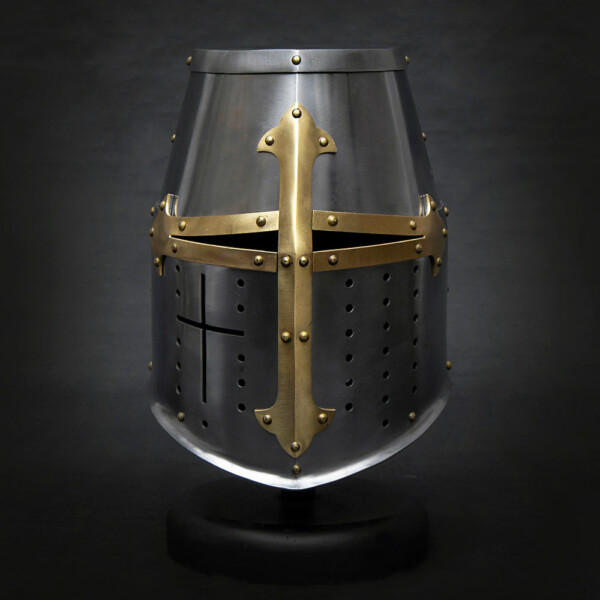
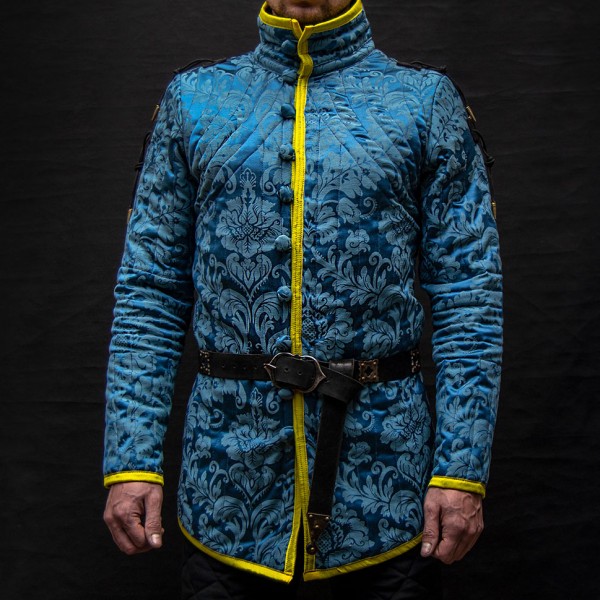
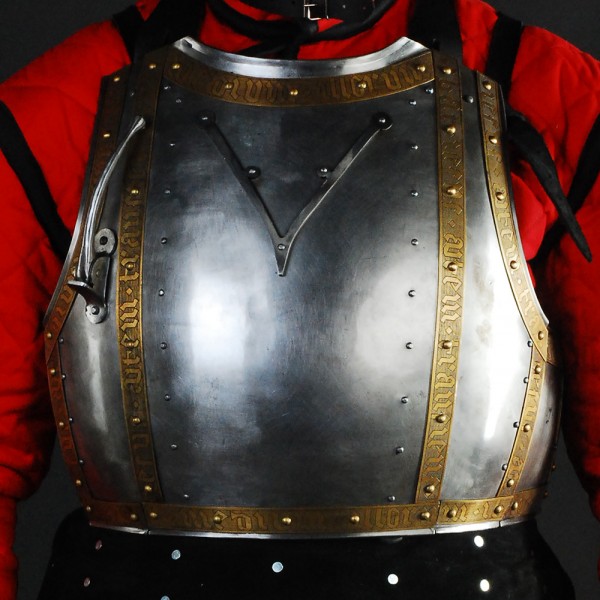
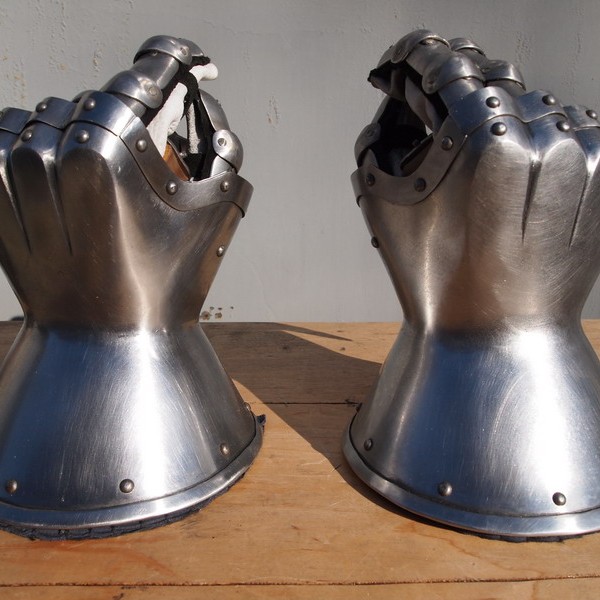
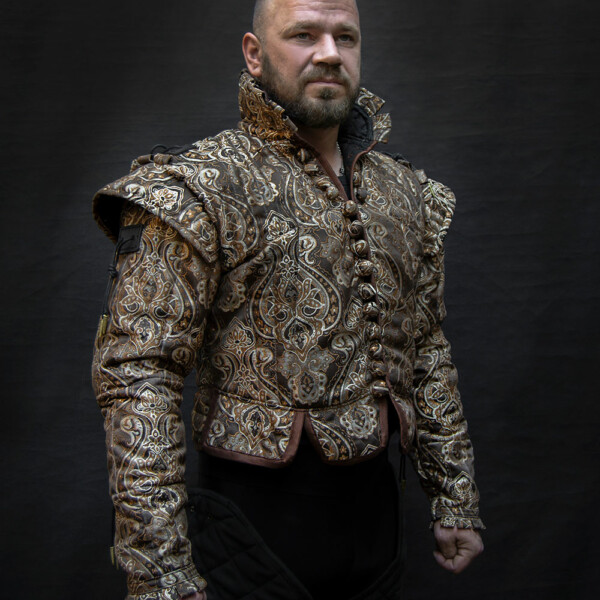

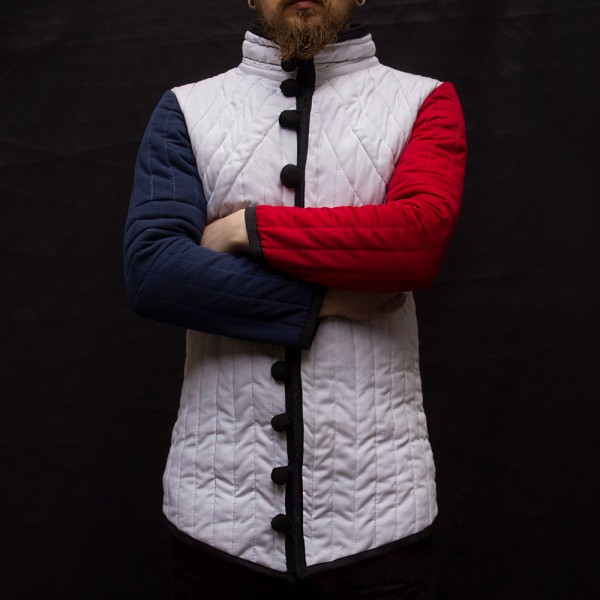
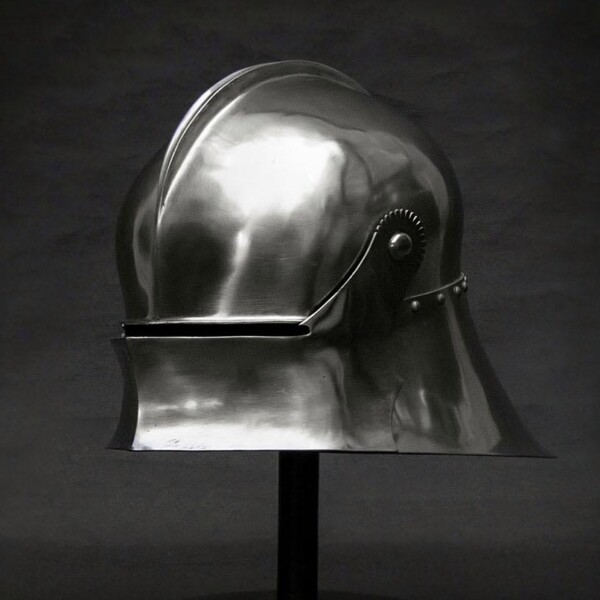

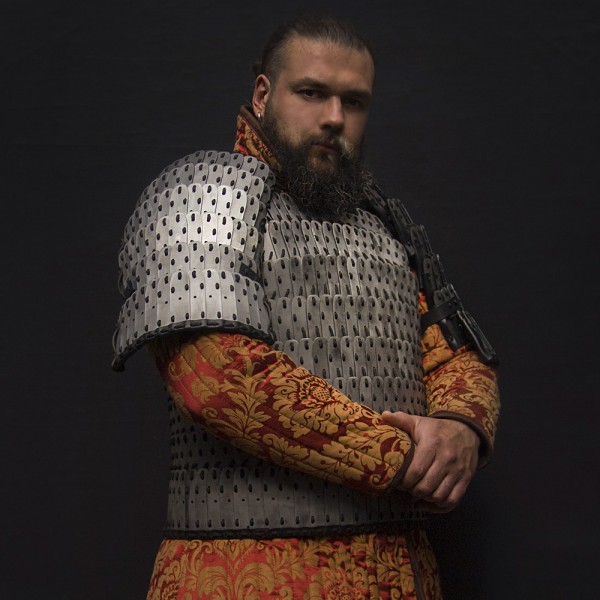

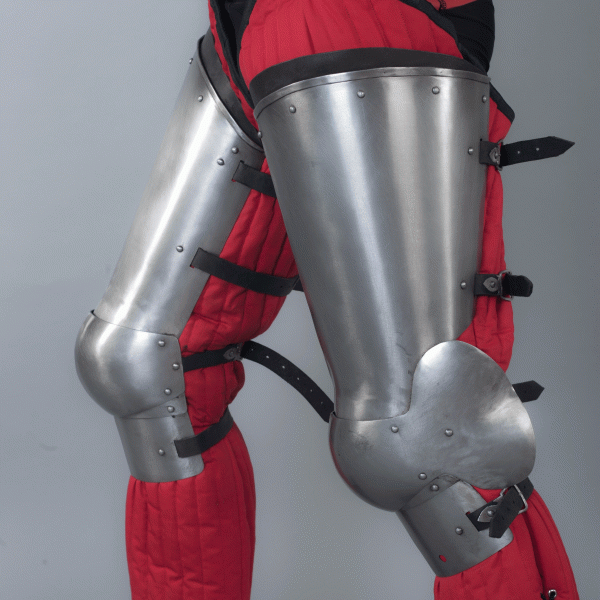
 Shop
Shop